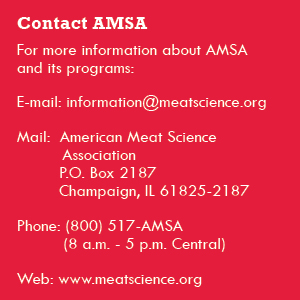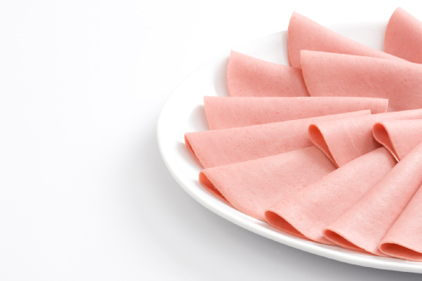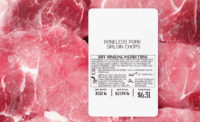
|
In the case of the kosher slaughter, the slaughterman requires very specific training focusing on using a razor sharp knife devoid of any nicks. Following the kosher slaughter of animals, the animal is inspected internally with a special focus on the lungs.
The major defect is the presence of lung adhesions — processes that attach lobes of the lung to each other or to the cavity wall, each of which must be removed by hand and the integrity of the lung subsequently checked by blowing up the lung. If the lungs pass this internal inspection, the lungs are removed and subsequently checked again.
Only after passing both inspections is the meat considered acceptable. The percentage of animals that pass both inspections, depending on the quality of the animals, will range from 40% to 70% acceptance.
With the advent of high-speed slaughter, the rabbis responsible for kosher slaughter became concerned that the process might be compromised should the animal have too many lung adhesions. As each such defect increases the work required (i.e., adhesion removal), some rabbis have instituted a procedure to reject any large animal (e.g., cattle, bison) that has more than two such lung abnormalities, while small animals (e.g., sheep, calves, goats) cannot have any adhesions. This stringent standard is referred to as ”Glatt” kosher. It has become normative in the Orthodox community and further lowers the acceptance rate, often to around 40% of the animals slaughtered.
Once inspected, the meat is deveined to remove major veins and arteries. Further, kosher law requires the removal of the sciatic nerve, in order to commemorate the wrestling bout of Jacob with the man at Peniel, which often means that the hindquarter is not practical to process for kosher. The meat is then soaked and salted to remove additional blood.
This is obviously an expensive process. All of these costs are borne by the kosher consumer. Furthermore, with the low success rate of the animals, the price of kosher meat can be significantly higher than that for regular meat. The ability to screen live animals before slaughter to increase the kosher acceptance rate could significantly lower the cost of kosher meat.
A recent study has confirmed that one can use ultrasound equipment that is field-rugged to examine the lungs of live sheep. From this work, it was shown that the ultrasound signal from a clean sheep’s lung is different from one that has lung adhesions or is diseased. Additionally, pathology studies have provided validation of the ultrasound detection of lung adhesions.
Thus, the goal is now twofold:
— first, to refine the methodology and interpretation of the ultrasound of compromised lungs topermit screening of live sheep and eventually other kosher animals prior to slaughter. This would also require determining how to do this commercially and what the increase in the kosher acceptance rate might be.
— second, to use this data along with animal health records to determine more generally what changes in animal management might improve lung health and determine the impact, if any, on animal gain.
Research conducted by Joe M. Regenstein, Department of Food Science, Cornell University; Kristin Pufpaff, College of Veterinary Medicine, The Ohio State University; James Stouffer, Department of Animal Science, Cornell University; Bob Wanner, Microtech; Robert Wanner, Animal Ultrasound Services; and Mary Smith, Department of Population Medicine and Diagnostic Sciences, Cornell University. For more information, contact Joe M. Regenstein at mr9@cornell.edu.




Report Abusive Comment